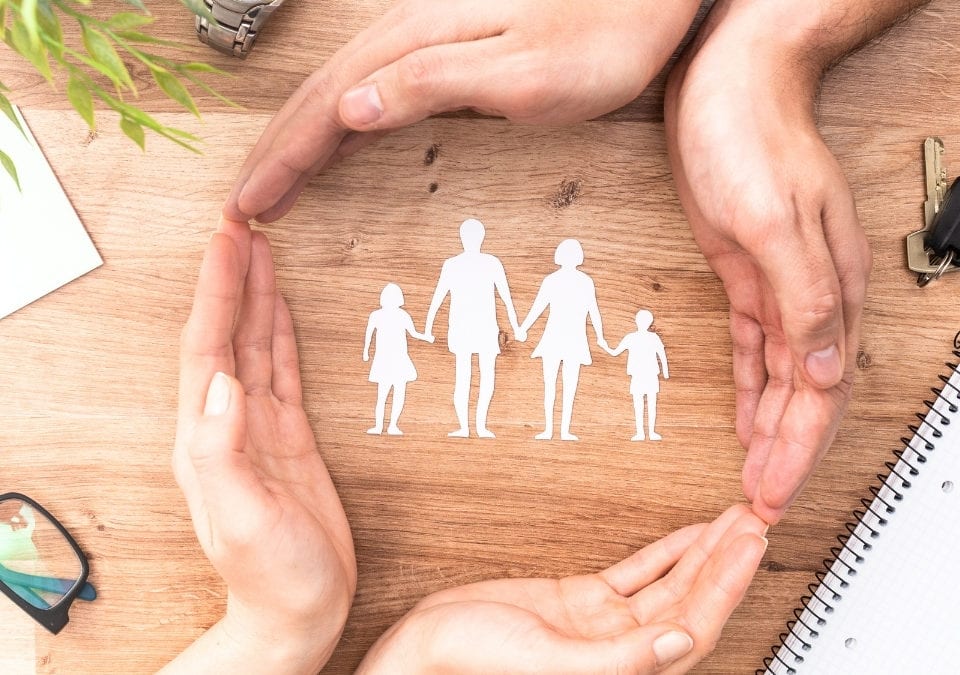**Trigger Warning** Mental health discussion should be a priority in veterinary medicine, yet it still is difficult for most to talk about. Recent deaths in the veterinary community have brought this topic to light again.
This past week we lost two more veterinarians. These women struggled with mental illness and decided it was too much and ended their own lives. I do not know their specific history with the disease but I do know that this end is far too common in our esteemed profession.
The CDC just published a study in The Journal of Veterinary Medicine highlighting the history of death by suicide in the veterinary community. Their findings in relation to the general public for over 30 years are below:
Veterinarians had a higher PMR for suicide, compared with the general US population. Male veterinarians were 2.1 (95% CI, 1.87 to 2.32) times and female veterinarians were 3.5 (95% CI, 2.73 to 4.39) times as likely as the general US population to die by suicide.
Many veterinarians are very aware of the statistics surrounding mental health in our profession, yet we will still have these deaths.
Why? Because there is still a stigma associated with mental illness in this country and across the world. People don’t talk enough about feelings of loneliness, depression, bullying or anxiety with their loved ones or medical professionals. Most out of fear of what others might think, or they think they have it all under control, or they don’t want to burden other people that might have it “harder” than them. There are NO reasons we should NOT talk about our feelings. This is especially true in veterinary medicine.
The ever increasing demands from pet owners for higher quality medicine but with the “old school” price tag leaves vets in a tough position. Social media, Dr. Google and online pet communities are stressors for us, as well. The ability to end a pet’s suffering in a pain-free way, can weigh heavily on someone that might be struggling with mental health issues. Sometimes there is lack of support in our own small local veterinary communities that can make one’s depression or anxiety worse.
All these things have come together to make veterinarians start to talk more and offer support like never before. There is an online community and movement titled Not One More Vet #NOMV. This is a safe place to talk, vent, share, uplift, and connect either as yourself or anonymously.
Self-care is important in our profession and that can mean many different things for an individual. One way we can help is allowing ourselves to physically step away from our work. Taking vacations or even self-care/mental health days should be the norm. However, the reality is most veterinarians only have two weeks of paid leave and rarely any sick days. Exercise, even short intervals, can be beneficial. Recent studies have shown that exercising three to five days a week for 30 minutes or more may significantly improve depression or anxiety symptoms. Meditation, reading, and other hobbies (preferably not work related) all can help improve our overall wellness.
If you are in the veterinary profession, this includes: veterinarian, vet tech, vet assistant, practice manager, kennel staff, students (no one is immune to the emotional effects of vet med) reach out! This means not only asking for help, but simply asking someone else if they need to talk.
Warning Signs of Suicide
- Talking about wanting to die
- Looking for a way to kill oneself
- Talking about feeling hopeless or having no purpose
- Talking about feeling trapped or in unbearable pain
- Talking about being a burden to others
- Increasing the use of alcohol or drugs
- Acting anxious, agitated, or recklessly
- Sleeping too little or too much
- Withdrawing or feeling isolated
- Showing rage or talking about seeking revenge
- Displaying extreme mood swings
What to do
- Do not leave the person alone
- Remove any firearms, alcohol, drugs, or sharp objects that could be used in a suicide attempt
- Call the National Suicide Prevention Lifeline at 1-800-273-TALK (8255)
- Take the person to an emergency room, or seek help from a medical or mental health professional
Resources
References
- https://www.cdc.gov/media/releases/2018/p1220-veterinarians-suicide.html
- https://avmajournals.avma.org/doi/full/10.2460/javma.254.1.104
- https://www.mayoclinic.org/diseases-conditions/depression/in-depth/depression-and-exercise/art-20046495




